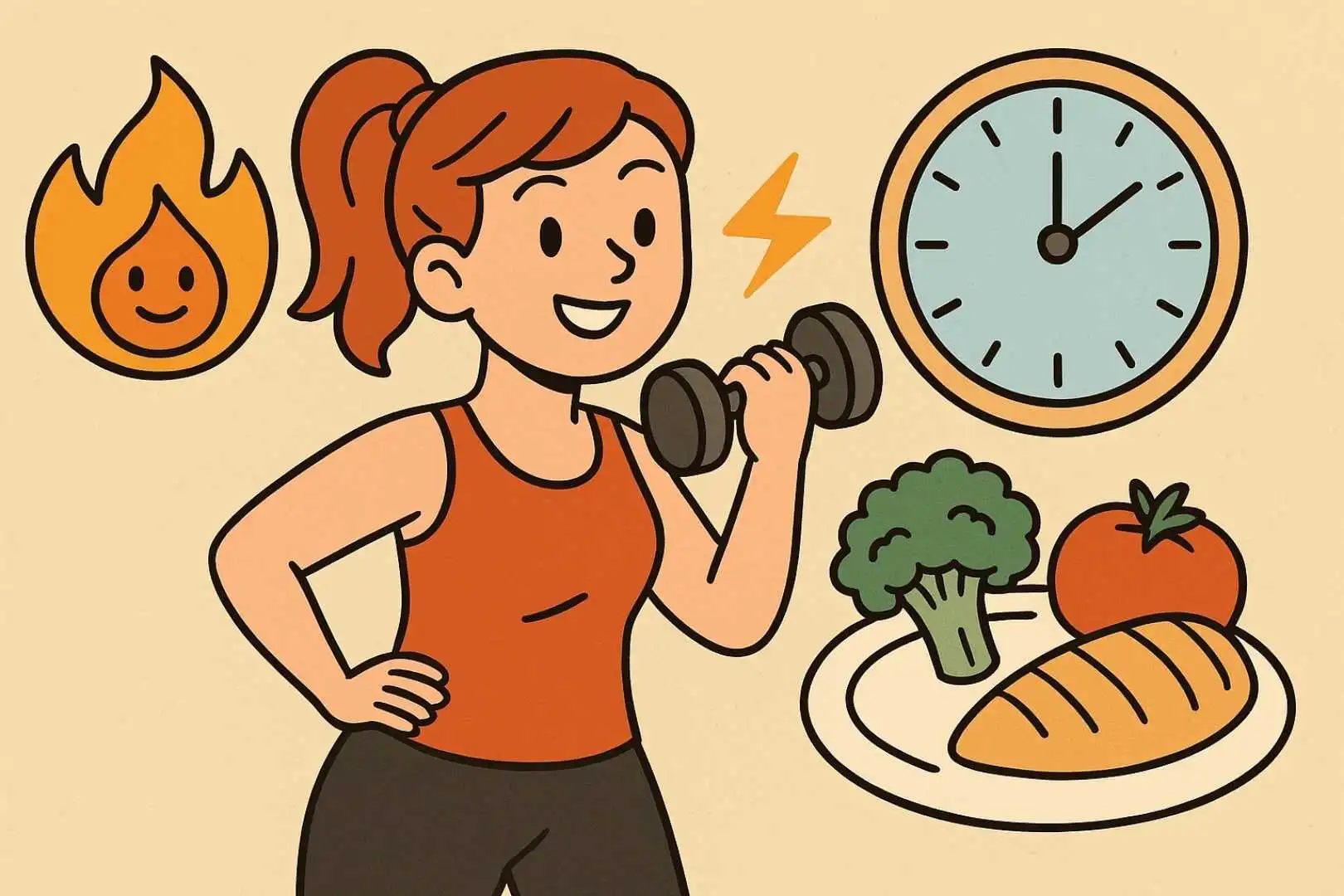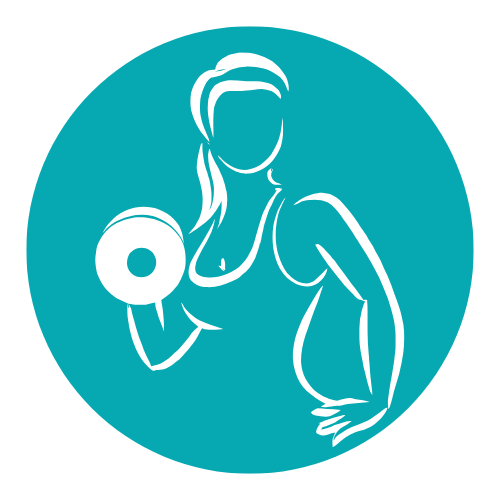Feeling stuck with a slow metabolism? You’re not alone—and it’s not just age to blame. Here’s how to take back control and start feeling energized again.
In this video, we break down six powerful strategies to boost your metabolism naturally, based on real-life experience and practical advice. While many believe that our metabolism simply slows down with age, much of the change is actually caused by lifestyle habits—and the good news is, those can be changed.
From hydration and protein intake to smarter workouts and micronutrients, this video walks you through a sustainable way to lose weight and improve your energy levels at any stage of life. Keep reading for the key takeaways—and make sure to watch the full video if you haven’t already!
Hydration: The First Step to a Faster Metabolism
Your body needs water to function, and hydration plays a huge role in metabolism. As you get older, especially during hormonal shifts like perimenopause, dehydration can sabotage your weight loss goals.
Drink at least 70% of your body weight in ounces of water daily. Try setting a water bottle next to your coffee machine so hydration becomes part of your morning routine. You can also boost hydration by eating foods with high water content—like cucumbers, melons, and tomatoes.
Protein: Fuel for Fat Burning and Muscle Recovery
Protein isn’t just for building muscle—it supports fat burning and keeps you full. Aim for 30–40 grams per meal, especially after a workout.
Forget the old myth that your body can’t absorb more than 30 grams at once. When you eat protein alongside other macronutrients, digestion slows, and your body uses more of it. Plus, as we age, we need even more protein to repair muscles efficiently.
Protein also has a higher thermic effect, meaning your body burns more calories just to digest it. That’s a metabolic win.
Micronutrients That Support Fat Burning
Quality nutrition keeps your metabolism humming. Micronutrients like choline, magnesium, vitamin D, selenium, and zinc all play vital roles.
- Choline helps break down fat for energy (found in eggs and red meat).
- Magnesium supports insulin sensitivity (found in almonds and spinach).
- Vitamin D is linked to weight regulation and energy balance.
- Selenium and zinc are key for healthy thyroid function—a major player in metabolic health.
If you’ve cleaned up your diet but still feel sluggish, you might be missing these micronutrients.
🧠 Pro tip: Consider supporting your metabolism from the inside out with a mitochondrial health supplement like Mitolyn. It’s formulated to recharge your body’s energy production and help you burn fat more efficiently—especially if you’re over 40.
Train Smarter: Work Your Whole Body
Stop splitting your workouts by muscle group. Instead, go for full-body moves that work your upper and lower body in the same session. Think squats, rows, push-ups, and carries.
This approach saves time and burns more calories while building lean muscle. And remember—muscle is your metabolic engine.
Lift Heavy and Rest Smart
Cardio has its place, but don’t skip strength training. To ignite your metabolism, lift heavy weights with proper rest between sets. Try 3–5 reps with 3 minutes of rest. This builds real strength, which helps you lift more during muscle-building sets.
Sprint to Win
High-Intensity Interval Training (HIIT) is one of the fastest ways to boost your metabolism. Short bursts of effort—like 20-second sprints—followed by full recovery can keep your metabolic rate elevated long after your workout.
Just 8–10 rounds is plenty. Focus on speed, not exhaustion.
Final Thoughts
The best results come when diet and training work together. Drink more water. Eat more protein. Support your body with the nutrients and workouts it truly needs.
👉 If you’ve hit a plateau or feel stuck, check out Mitolyn here and see what supporting your metabolism from the inside out really feels like.
🎥 Don’t miss the full video for all the details, mindset tips, and real-life strategies you can start using today. Watch it now and start taking control of your metabolic health.






 I'm a certified health coach and nutrition expert.
My goal is to take the confusion out of healthy living and make it simple for everyone.
I'm a certified health coach and nutrition expert.
My goal is to take the confusion out of healthy living and make it simple for everyone.